Whether Martin Scorcese’s film the real life Jake La Motta, his depiction by Robert DeNiro or the great and more authentically Lamborghini, the raging bull Italian raging is an evocatively potent and very Italian term that conjures angry, powerful and domineering imagery, and regardless of cliché, is an intoxicating idea that both strikes fear and admiration and commands recognition. With the raging bull as its symbol, Lamborghini’s first super car was the innovative Miura – so named after the breed of fighting bull, and is abundant with charged emotions, owing to its sensual styling, innovativeness, raw power, ability, originality and begrudging history.
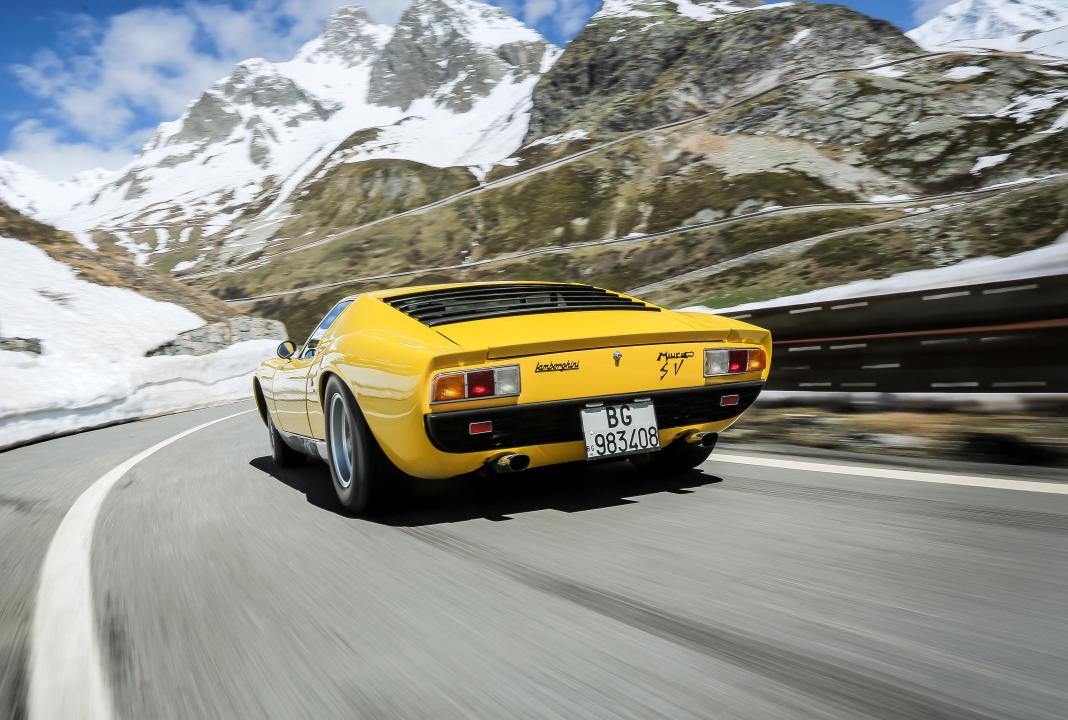 While past Italian cars had a reputation for unreliability and exoticism, next to the efficiency of Japanese and German cars, but their charm has always been their heart and soul. From humble past Fiats, sporty mid-range Alfa Romeo and Lancia, prestigious Maserati and De Tomaso, to the Ferrari and Lamborghini heavyweights, Italian cars are seemingly always evocative affairs. Driver oriented, with good handling, sweet sporting engines and sexy designs are Italian automotive hallmarks and are things often eluding many other automobile – except perhaps the British auto industry, which was also innovative, stylish and driver-oriented, yet suffered notorious past reliability issues.
While past Italian cars had a reputation for unreliability and exoticism, next to the efficiency of Japanese and German cars, but their charm has always been their heart and soul. From humble past Fiats, sporty mid-range Alfa Romeo and Lancia, prestigious Maserati and De Tomaso, to the Ferrari and Lamborghini heavyweights, Italian cars are seemingly always evocative affairs. Driver oriented, with good handling, sweet sporting engines and sexy designs are Italian automotive hallmarks and are things often eluding many other automobile – except perhaps the British auto industry, which was also innovative, stylish and driver-oriented, yet suffered notorious past reliability issues.
 This very lively sporting persona, driver appeal and mythos endows the Lamborghini bull and Ferrari stallion with a sense of heart. Lamborghini’s origins are such a myth, with the story going that tractor-maker Ferruccio Lamborghini was dissatisfied with his Ferrari and came to odds with Enzo Ferrari, and then set out to build a rival sports car. After the 350GT the Miura was born as a radical chassis at the 1965 Turin motor show, and was the first to use a mid-engine racing layout and arguably the super car. The stunning Macelo Gandini designed Miura was the star of the 1966 Geneva motor show, but it the haste to get the show car ready, it didn’t have an engine installed and the press were turned away from inspecting its engine bay.
This very lively sporting persona, driver appeal and mythos endows the Lamborghini bull and Ferrari stallion with a sense of heart. Lamborghini’s origins are such a myth, with the story going that tractor-maker Ferruccio Lamborghini was dissatisfied with his Ferrari and came to odds with Enzo Ferrari, and then set out to build a rival sports car. After the 350GT the Miura was born as a radical chassis at the 1965 Turin motor show, and was the first to use a mid-engine racing layout and arguably the super car. The stunning Macelo Gandini designed Miura was the star of the 1966 Geneva motor show, but it the haste to get the show car ready, it didn’t have an engine installed and the press were turned away from inspecting its engine bay.
 However, by production, the Miura first received a 3.9-liter version of former Ferrari man Giotto Bizzarini’s exquisite V12 engine – whose evolving design has only just been replaced. Mounted transversely and mated to an integrated 5-speed gearbox, the Miura was revolutionary. With a roster of famous drivers including Frank Sinatra and Shah Mohammad Reza Pahlavi, and a shapely body and curvaceous lines that are as timeless as those of Sophia Loren, the Miura’s sleek low-slung profile and its trademark flat pop-up bug-eyed headlights made it movie star with roles in The Italian Job and Pink Panther.
However, by production, the Miura first received a 3.9-liter version of former Ferrari man Giotto Bizzarini’s exquisite V12 engine – whose evolving design has only just been replaced. Mounted transversely and mated to an integrated 5-speed gearbox, the Miura was revolutionary. With a roster of famous drivers including Frank Sinatra and Shah Mohammad Reza Pahlavi, and a shapely body and curvaceous lines that are as timeless as those of Sophia Loren, the Miura’s sleek low-slung profile and its trademark flat pop-up bug-eyed headlights made it movie star with roles in The Italian Job and Pink Panther.
 With three evolutions during its lifetime, the Miura’s power output rose from 345PS to 385PS in the final 4-liter P400 SV version, which also boasted a 0-100km/h time of around 6-seconds and a theoretical top speed of 290km/h. With its mid-engine layout delivering excellent chassis balance and its un-assisted rack and pinion steering good for road feel, the Miura’s sultry and seductive style was however said to create aerodynamic lift rather than downforce at high speed, which meant that it would become less lighter and less planted at the supercar speeds it was capable of.
With three evolutions during its lifetime, the Miura’s power output rose from 345PS to 385PS in the final 4-liter P400 SV version, which also boasted a 0-100km/h time of around 6-seconds and a theoretical top speed of 290km/h. With its mid-engine layout delivering excellent chassis balance and its un-assisted rack and pinion steering good for road feel, the Miura’s sultry and seductive style was however said to create aerodynamic lift rather than downforce at high speed, which meant that it would become less lighter and less planted at the supercar speeds it was capable of.
 Specifications: Lamborghini Miura P400 SV (1971-72)
Specifications: Lamborghini Miura P400 SV (1971-72)
- Engine: 4-liter, mid-mounted, transverse V12
- Bore x stroke: 82 x 62mm
- Compression: 10.7:1
- Valve-train: DOHC V12, 4 Weber carburetors
- Gearbox: 5-speed manual, rear-wheel-drive, limited slip differential
- Top gear / reverse ratios: 0.82:1 / 4.09:1
- Power, BHP (PS) [kW]: 385 (390) [297] @7,850rpm
- Specific power: 98BHP/liter
- Torque, lb/ft (Nm): 294 (399) @5,750rpm
- Specific torque: 101.5Nm/liter
- 0-100km/h: approximately 6-seconds
- Top speed: 290km/h
- Length: 4,359mm
- Width: 1760mm
- Height: 1,067mm
- Wheelbase: 2,500mm
- Track, F/R: 1,400 / 1,540mm
- Ground clearance: 125mm
- Weight: 1,290kg
- Weight distribution, F/R: 44.5% / 55.5%
- Steering: Rack & pinion
- Lock-to-lock: 3.5-turns
- Turning circle: 11.2-meters
- Suspension, F&R: Independent, wishbone, coils spring, anti-roll bar
- Brakes: Discs


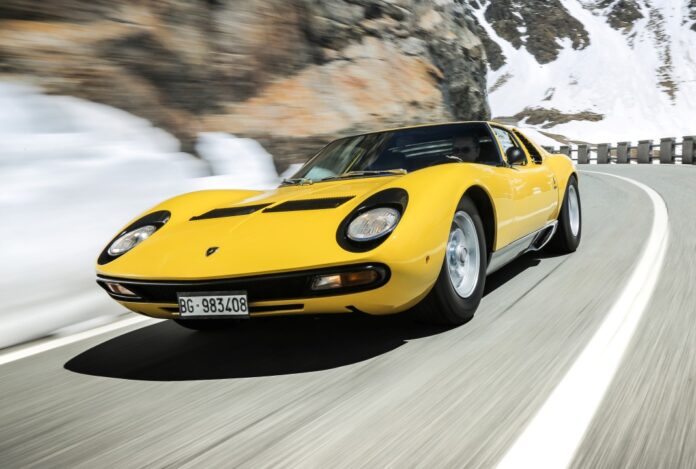
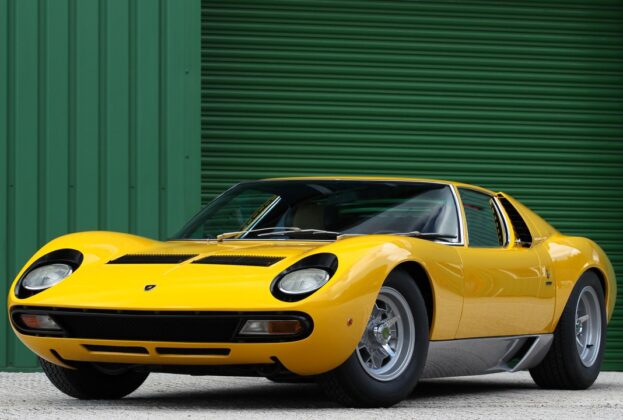
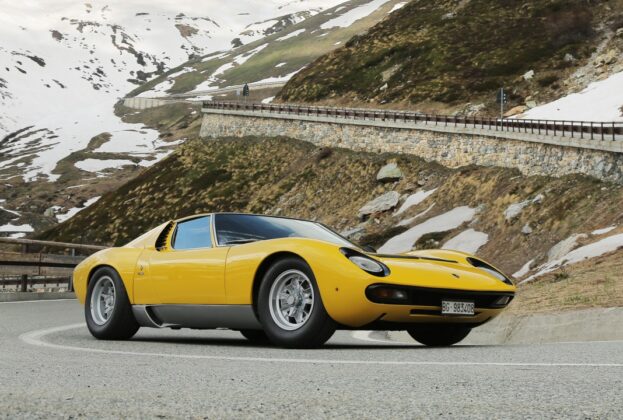
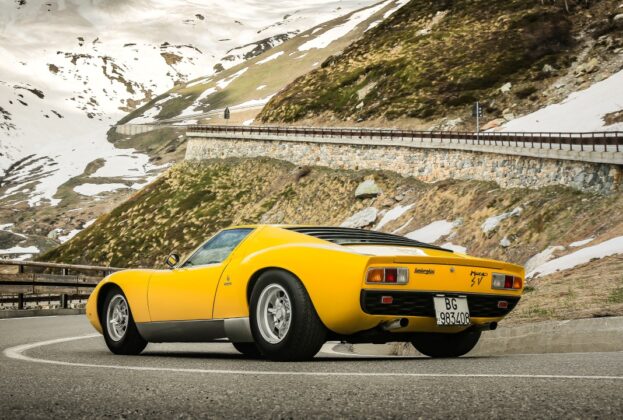
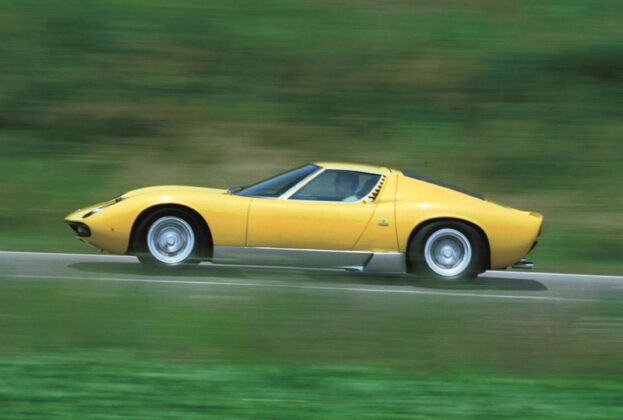

























Recent Comments